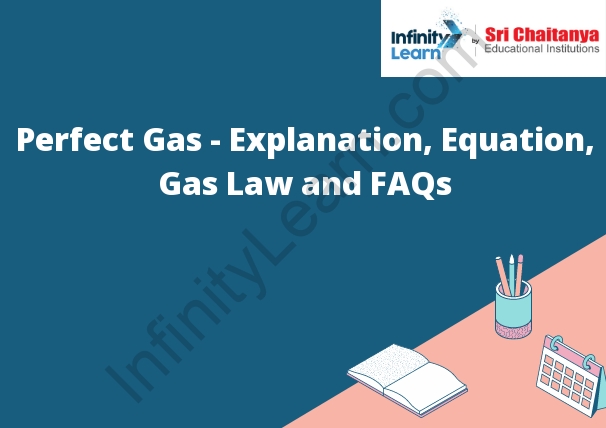Table of Contents
About Perfect Gas
A perfect gas is a hypothetical gas that behaves in all respects like a perfect gas. This means that the gas is composed of particles that do not interact with each other, that the gas occupies a fixed volume, and that the gas has a constant temperature. Perfect Gas – Explanation Equation .

Ideal Gas Equation Units
The ideal gas equation states that the pressure, volume, and temperature of a gas are all related by a constant. The equation is PV = nRT, where P is pressure, V is volume, n is the number of moles of gas, R is the gas constant, and T is the temperature.
The gas constant, R, has a value of 8.314 J/mol/K. This means that for every mole of gas, the gas will exert 8.314 J of energy per Kelvin. The temperature must be in Kelvin for the gas constant to be used.
The pressure and volume are both in units of pressure*volume, such as atmospheres*liters or bars*liters. The number of moles of gas is just the number of moles of gas, such as 0.5 moles or 2.5 moles.
Perfect Gas Law
The perfect gas law states that the pressure of a gas is directly proportional to the Kelvin temperature and inversely proportional to the volume of the gas. This law is often written as P = kT/V, where P is the pressure of the gas, k is the Boltzmann constant, T is the Kelvin temperature, and V is the volume of the gas.
Types of a Perfect Gas
A perfect gas is a hypothetical ideal gas composed of non-interacting point particles. It has no internal energy and no volume. Perfect gases are also known as ideal gases. Perfect Gas – Explanation, Equation, Gas Law and FAQs.






